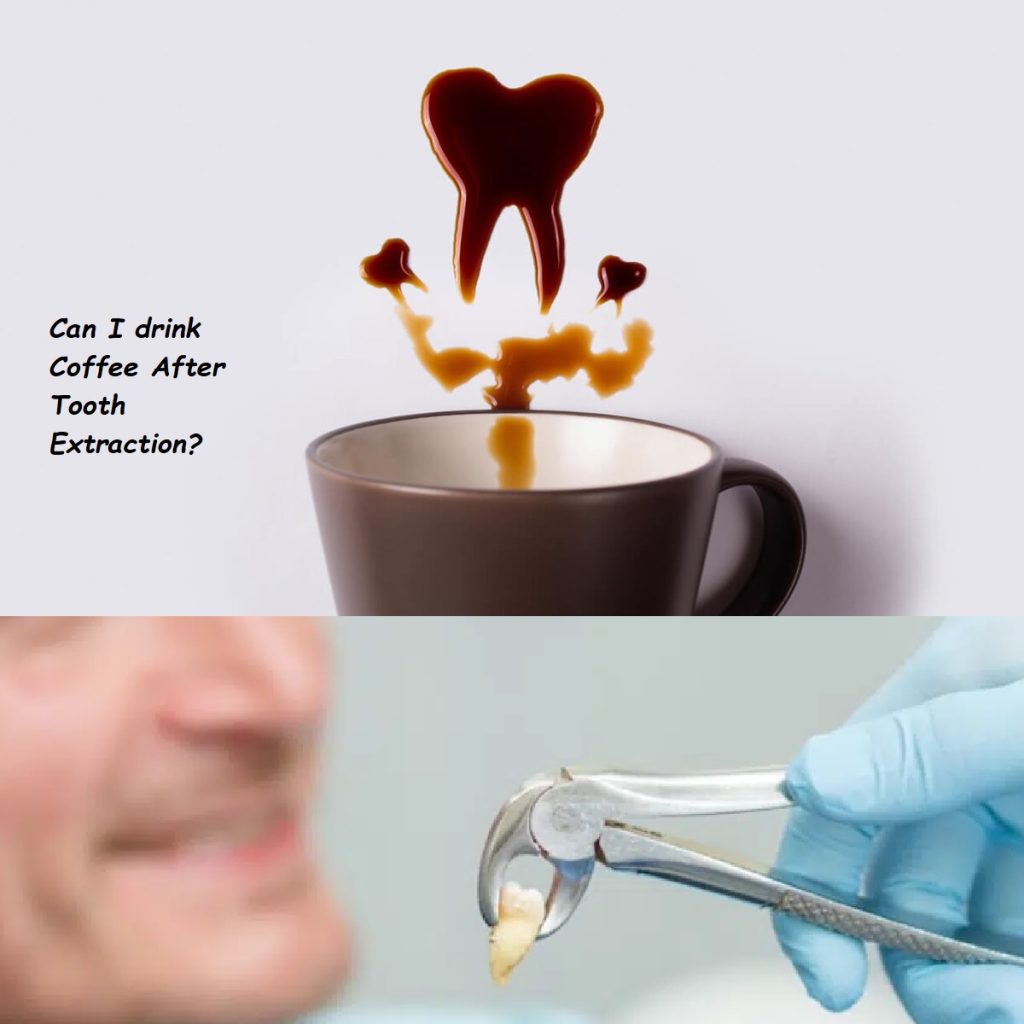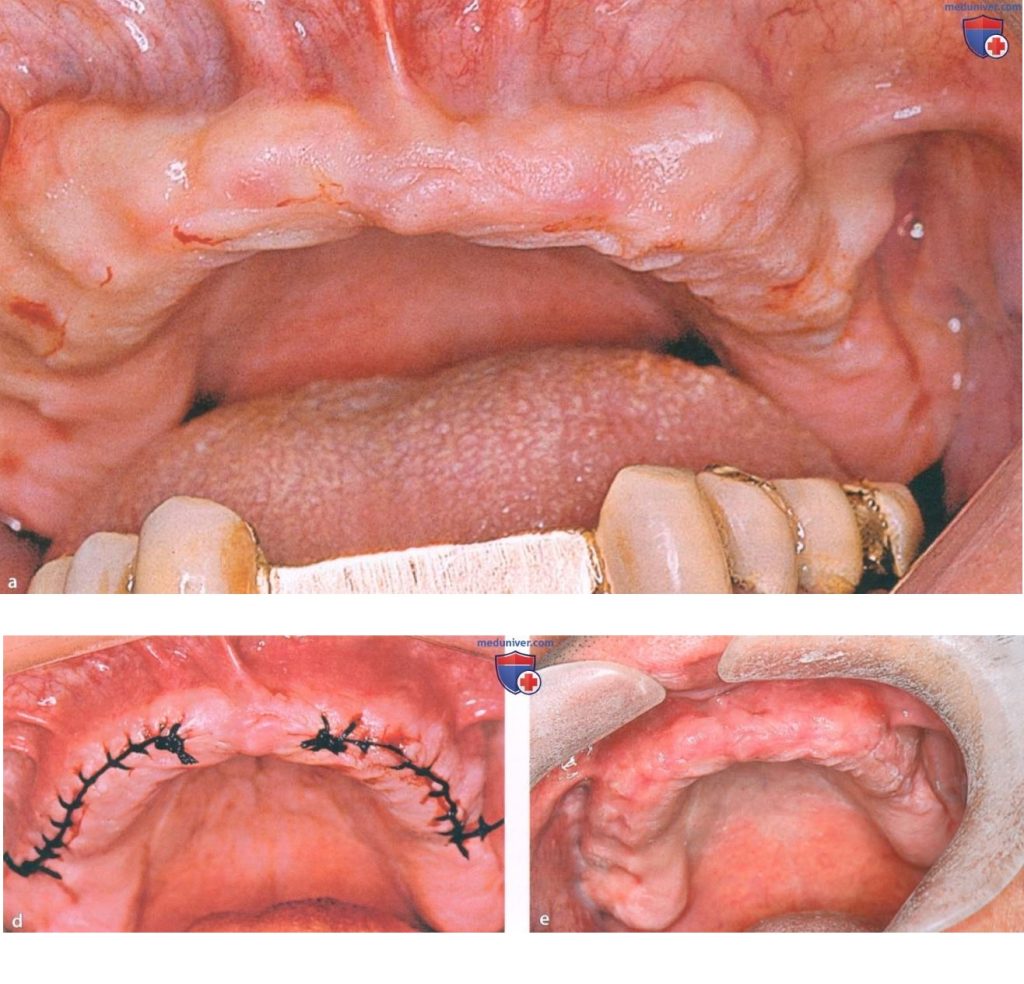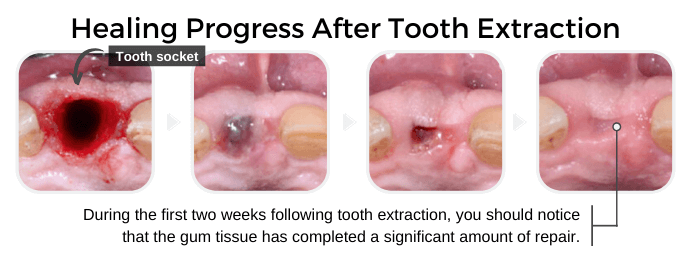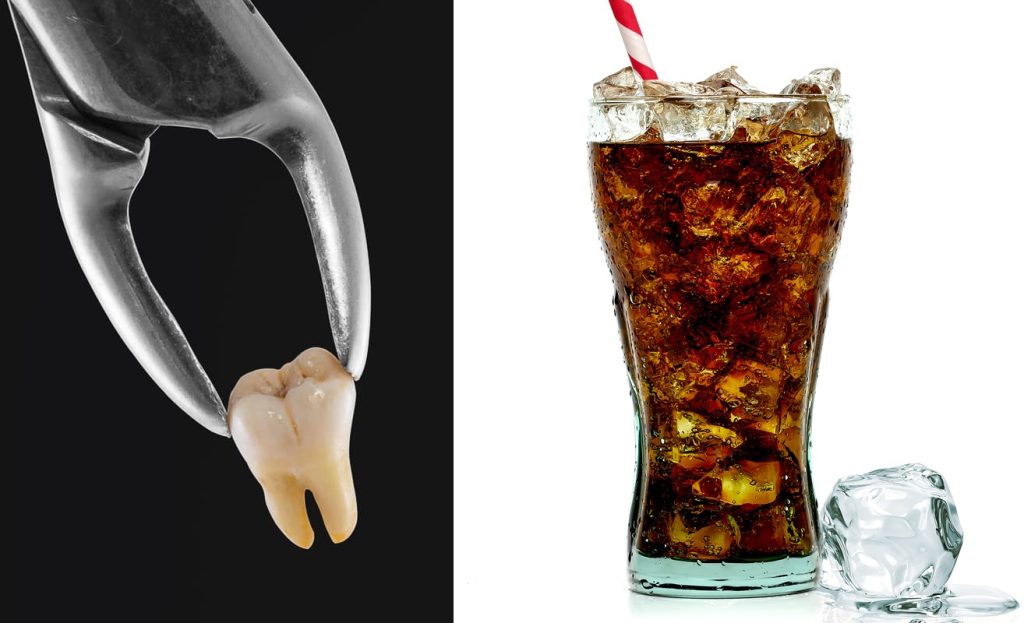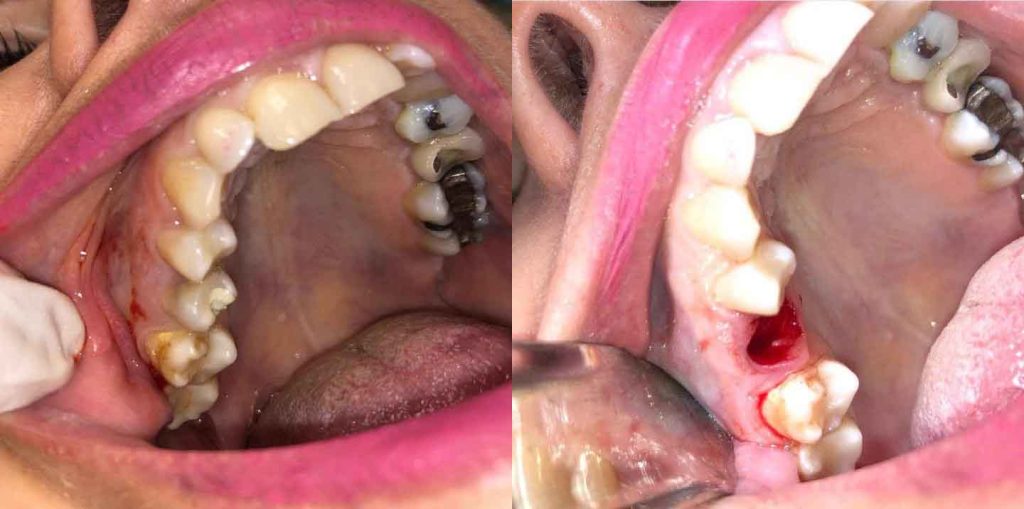How long does a dental bone graft take to heal

A dental bone graft is a common procedure used to augment bone mass in the jaw, often in preparation for dental implants or to address bone loss due to periodontal disease or trauma. Understanding the healing process and timeline for a dental bone graft is crucial for ensuring successful outcomes and proper post-operative care. This article provides a comprehensive guide on what to expect during the healing process after a dental bone graft.
What is a Dental Bone Graft?
A dental bone graft involves transplanting bone tissue to areas of the jaw where bone density is insufficient. The graft can come from various sources:
- Autograft: Bone taken from another area of the patient’s body.
- Allograft: Bone harvested from a donor.
- Xenograft: Bone derived from an animal source, typically bovine.
- Alloplastic Graft: Synthetic bone material.
Why is a Dental Bone Graft Needed?
Dental bone grafts are necessary for several reasons, including:
- Dental Implants: Sufficient bone mass is needed to support dental implants. A bone graft can provide the necessary foundation.
- Bone Loss: Bone loss due to periodontal disease, trauma, or tooth extraction can be corrected with a bone graft.
- Sinus Lift: When the upper jaw lacks enough bone height for implants, a sinus lift and bone graft can increase the bone mass.
The Healing Process: Step by Step
The healing process for a dental bone graft is multi-phased and involves several steps:
1. Initial Healing Phase (First Two Weeks)
Day of Surgery:
- Immediate Post-Operative Care: After the procedure, you may experience swelling, discomfort, and minor bleeding. Your dentist or oral surgeon will provide specific post-operative care instructions.
- Pain Management: Pain and swelling can be managed with prescribed or over-the-counter pain relievers and ice packs.
First Week:
- Swelling and Discomfort: Swelling usually peaks within the first 48 hours and begins to subside. Discomfort is common but should gradually decrease.
- Oral Hygiene: Maintain oral hygiene with gentle rinsing using a saline solution or an antibacterial mouthwash as prescribed. Avoid brushing directly over the surgical site.
Second Week:
- Suture Removal: If non-dissolvable sutures were used, they might be removed during a follow-up visit.
- Continued Care: Continue following your dentist’s instructions for oral hygiene and diet.
2. Bone Integration Phase (First Three Months)
First Month:
- Bone Graft Stability: The bone graft begins to stabilize, and new bone cells start to form around the graft material.
- Follow-Up Visits: Regular follow-up visits are necessary to monitor the healing process and ensure there are no signs of infection or complications.
Second to Third Month:
- Bone Remodeling: The grafted bone continues to integrate with the existing jawbone. This period is crucial for the success of the graft, as the new bone forms and strengthens.
- Diet and Activity: Eat soft foods and avoid strenuous activities that could disrupt the healing process.
3. Maturation Phase (Three to Six Months)
Fourth to Sixth Month:
- Bone Maturation: The grafted area matures and hardens, providing a solid foundation for dental implants or other dental work.
- Final Evaluation: Your dentist will conduct a final evaluation to ensure the graft has fully integrated and is ready for subsequent procedures, such as dental implant placement.
Factors Influencing Healing Time
Several factors can influence the healing time for a dental bone graft:
- Type of Graft Material: Autografts heal faster than allografts or synthetic materials.
- Patient’s Health: Health, age, and medical conditions like diabetes can impact healing time.
- Oral Hygiene: Maintaining excellent oral hygiene can prevent infections and promote faster healing.
- Smoking: Smoking can significantly delay the healing process and increase the risk of complications.
- Bone Quality and Quantity: The initial condition of the bone and the extent of the graft can affect healing duration.
Post-Operative Care Tips
Proper post-operative care is essential for a successful bone graft and faster healing:
- Follow Dentist’s Instructions: Adhere strictly to the post-operative care guidelines provided by your dentist or oral surgeon.
- Pain Management: Use prescribed pain relievers and anti-inflammatory medications as directed.
- Diet: Eat soft foods, avoiding hard, crunchy, or chewy foods that could disrupt the graft site.
- Oral Hygiene: Keep your mouth clean with gentle rinsing and avoid brushing directly over the graft site.
- Avoid Smoking: Smoking can impede healing and increase the risk of graft failure.
- Regular Check-Ups: Attend all follow-up appointments to monitor the healing progress and promptly address concerns.
Potential Complications
While dental bone grafts are generally safe, complications can occur:
- Infection: Infection at the graft site can delay healing and lead to graft failure. Signs of infection include increased pain, swelling, and pus discharge.
- Graft Rejection: Although rare, the body may reject the graft material, necessitating additional procedures.
- Persistent Pain or Swelling: Your dentist should evaluate prolonged pain or swelling beyond the expected healing period.
Long-Term Care and Maintenance
Once the dental bone graft has healed, maintaining good oral health is crucial for the longevity of the graft and any subsequent dental work:
- Regular Dental Visits: Continue regular dental check-ups and cleanings to monitor oral health and the condition of the graft.
- Good Oral Hygiene: Brush and floss regularly to prevent plaque buildup and gum disease.
- Healthy Lifestyle: Maintain a balanced diet and avoid habits such as smoking that could harm your oral health.
Frequently Asked Questions (FAQs)
1. How long does it take for a dental bone graft to fully heal?
The complete healing process for a dental bone graft typically takes between three to six months, depending on the type of graft, the patient’s health, and adherence to post-operative care instructions.
2. Can I get dental implants immediately after a bone graft?
In most cases, dental implants are placed after the bone graft fully recovers, which can take several months. However, depending on the bone condition and the dentist’s assessment, implants may be placed simultaneously with the graft in some instances.
3. Is the dental bone graft procedure painful?
The procedure is performed under local anesthesia, so you should not feel pain during the grafting. Post-operative discomfort and swelling are common but can be managed with prescribed pain relievers and proper care.
4. What should I avoid after a dental bone graft?
Avoid smoking, strenuous activities, and eating hard or chewy foods that could disrupt the graft site. Follow your dentist’s specific instructions for diet and activity restrictions.
5. How can I speed up the healing process?
To promote faster healing, maintain good oral hygiene, follow your dentist’s care instructions, stay hydrated, eat a balanced diet, and avoid smoking.
6. What are the signs of a failed bone graft?
Persistent pain, excessive swelling, infection, and lack of bone integration are signs of a failed bone graft. If you experience any of these symptoms, contact your dentist promptly.
Conclusion
The healing process for a dental bone graft is crucial for the success of subsequent dental procedures, such as implants. Understanding the different phases of healing and adhering to post-operative care instructions can significantly influence the outcome. While the complete healing time typically ranges from three to six months, individual factors can affect this timeline. By following the tips and guidelines provided in this article, you can ensure a smooth recovery and long-term oral health.



